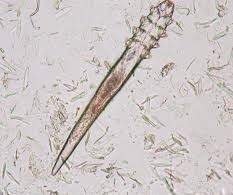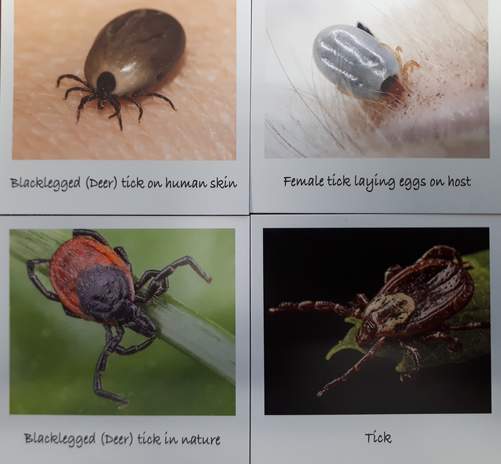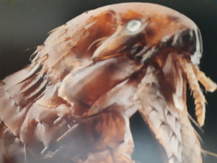
It can be difficult to know what to feed your pet. Websites, books, breeders, and even veterinarians, all seem to have different information, so how can we know that the diet we choose is the best for our pets? A good starting point is often the pet food label, but this can be a mystery to read in and of itself! Here are some tips to help make sense of it all.
Pay close attention to the product name
There are a few rules that pet food companies must follow when naming their products. These can be helpful when selecting an appropriate diet for your companion. The ‘95% rule’ states that the 95% of the product must be the named ingredient. These foods often have simple names such as “Lamb dog food”, and you can be sure that the majority of the diet is made of lamb. Comparing this to the ‘25% rule’, which states that the named ingredient can be anywhere from 25-95% of the diet. These foods will have a descriptor in the name. For example “Chicken Recipe”, “Lamb Formula”, and “Salmon Entrée” are all examples of labels that follow the 25% rule. These diets can be great, but it is difficult to know what you are getting, so a closer look at the ingredients may be helpful. Finally the 3% (or ‘with’) rule states that the named ingredient only needs to be 3% of the entire diet. This rule was originally intended to serve as a guideline for foods that had multiple components to their diet, but some manufacturers have made their products entirely around this. “Cat food with chicken” is a good example of a label that one should be wary about as it would only be 3% chicken. Some diets can be a combination of the rules, like “Beef dinner with sweet potato”, where they follow the 25% rule for beef and the 3% rule for sweet potato. As you can see, the wording can make a world of difference, so keep these helpful hints in mind next time you’re out shopping!


 July first marks the date of the 7th province to elect to ban declawing in cats! New Brunswick joins British Columbia, Alberta, Manitoba, Nova Scotia, Newfoundland and Prince Edward Island who have already made the decision to ban non-medical declawing of cats. This is a positive step forward for the welfare of cats in BC and around Canada.
July first marks the date of the 7th province to elect to ban declawing in cats! New Brunswick joins British Columbia, Alberta, Manitoba, Nova Scotia, Newfoundland and Prince Edward Island who have already made the decision to ban non-medical declawing of cats. This is a positive step forward for the welfare of cats in BC and around Canada.

 Canine Demodecosis is a skin disease caused by Demodex canis, a skin mite that lives in the hair folliclues of dogs. These mites are normally found on the skin of dogs in very low numbers but Demodecosis or demodectic mange will occur when the mites numbers overpopulate. This will cause hair loss, itchiness, redness to the skin and sometimes secondary bacterial skin infections.
Canine Demodecosis is a skin disease caused by Demodex canis, a skin mite that lives in the hair folliclues of dogs. These mites are normally found on the skin of dogs in very low numbers but Demodecosis or demodectic mange will occur when the mites numbers overpopulate. This will cause hair loss, itchiness, redness to the skin and sometimes secondary bacterial skin infections.
 If your cat or dog has allergies you have probably heard us discuss flea prevention at one of their visits to NVH. We often recommend flea prevention to rule out flea allergies as a cause of skin allergies in dogs and cats. This is because it can often be difficult to differentiate environmental allergies from either food allergies or flea allergies. One of the ways we do this is to have the pet on regular and effective flea prevention. Another tip that can help us determine if the allergy is due to fleas is of course the finding of live fleas on the dog or cat. This is not always reliable because even a single flea bite can cause a hypersensitivity reaction that can last for weeks and the flea could be long gone by the time we examine the pet. Also cats are very good at grooming and often eat the fleas before we get to see them. In fact many times we don’t actually see the live fleas. “Flea dirt” is another indicator that fleas are present if we don’t see the live fleas. Flea dirt is the fleas poop found on the animal and it is mostly composed of dried blood. It has the appearance of cracked pepper on the fur.
If your cat or dog has allergies you have probably heard us discuss flea prevention at one of their visits to NVH. We often recommend flea prevention to rule out flea allergies as a cause of skin allergies in dogs and cats. This is because it can often be difficult to differentiate environmental allergies from either food allergies or flea allergies. One of the ways we do this is to have the pet on regular and effective flea prevention. Another tip that can help us determine if the allergy is due to fleas is of course the finding of live fleas on the dog or cat. This is not always reliable because even a single flea bite can cause a hypersensitivity reaction that can last for weeks and the flea could be long gone by the time we examine the pet. Also cats are very good at grooming and often eat the fleas before we get to see them. In fact many times we don’t actually see the live fleas. “Flea dirt” is another indicator that fleas are present if we don’t see the live fleas. Flea dirt is the fleas poop found on the animal and it is mostly composed of dried blood. It has the appearance of cracked pepper on the fur.


